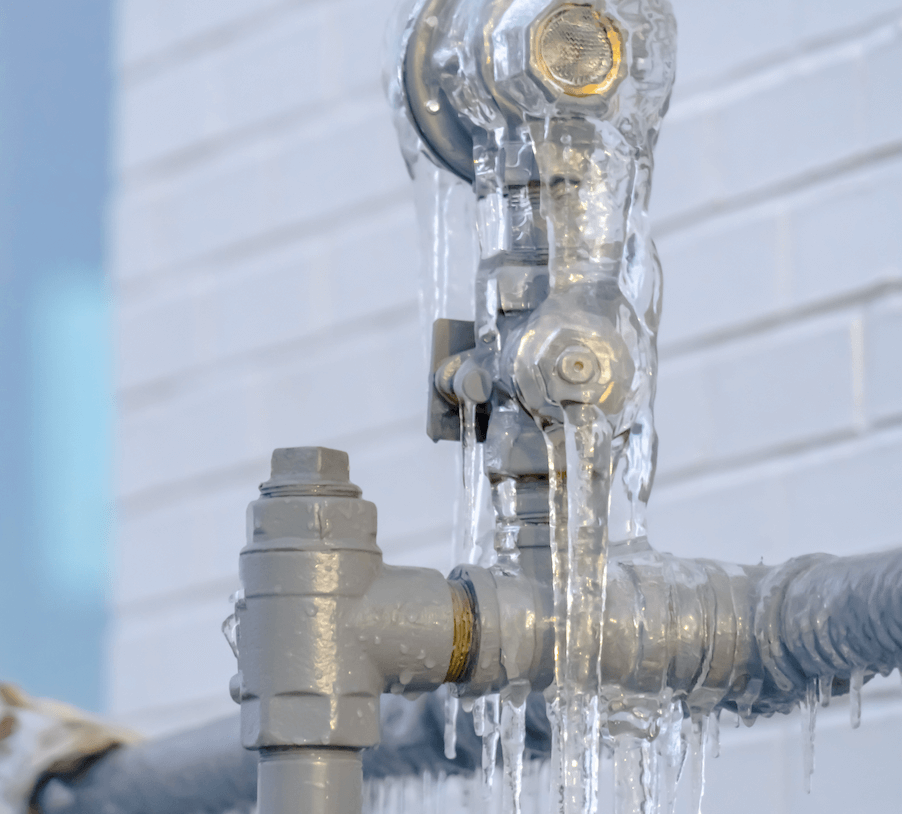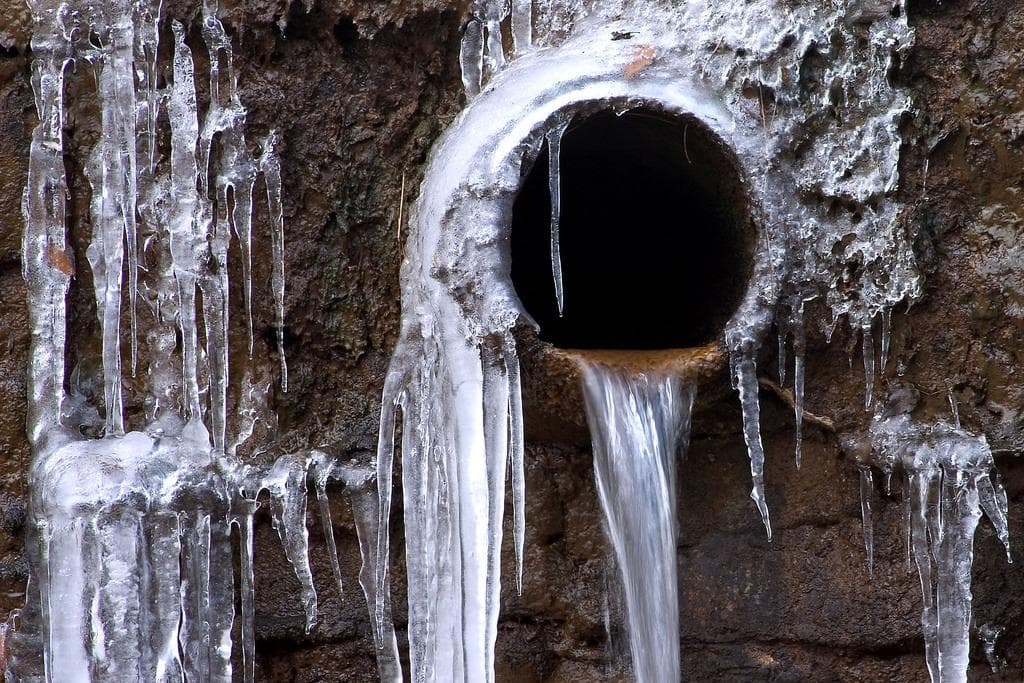Protecting Your Pipes from Freezing: Best Tips
Protecting Your Pipes from Freezing: Best Tips
Blog Article
How do you really feel with regards to How to prepare your home plumbing for winter weather?

Winter can ruin your pipes, especially by freezing pipelines. Here's just how to prevent it from occurring and what to do if it does.
Intro
As temperatures decline, the threat of icy pipes increases, possibly leading to expensive repair services and water damages. Recognizing how to avoid frozen pipelines is critical for property owners in chilly climates.
Comprehending Icy Pipelines
What triggers pipelines to ice up?
Pipelines freeze when subjected to temperatures listed below 32 ° F (0 ° C) for expanded periods. As water inside the pipelines freezes, it expands, taxing the pipe walls and possibly causing them to rupture.
Threats and damages
Frozen pipelines can lead to water system disturbances, residential property damages, and expensive repair work. Burst pipelines can flooding homes and create considerable structural damage.
Signs of Frozen Pipeline
Determining frozen pipes early can avoid them from rupturing.
Exactly how to determine frozen pipelines
Look for decreased water circulation from taps, uncommon smells or sounds from pipes, and noticeable frost on subjected pipes.
Avoidance Tips
Shielding susceptible pipelines
Wrap pipes in insulation sleeves or utilize heat tape to protect them from freezing temperatures. Focus on pipes in unheated or outside locations of the home.
Home heating strategies
Maintain indoor spaces effectively warmed, specifically locations with pipes. Open up closet doors to permit cozy air to distribute around pipes under sinks.
Safeguarding Outdoor Plumbing
Yard tubes and outside faucets
Disconnect and drain pipes yard pipes before winter. Mount frost-proof faucets or cover outdoor taps with protected caps.
What to Do If Your Pipelines Freeze
Immediate activities to take
If you believe frozen pipes, keep taps open up to alleviate pressure as the ice thaws. Make use of a hairdryer or towels taken in warm water to thaw pipes slowly.
Long-Term Solutions
Structural modifications
Think about rerouting pipes away from exterior walls or unheated areas. Add additional insulation to attics, basements, and crawl spaces.
Upgrading insulation
Invest in premium insulation for pipes, attics, and walls. Correct insulation aids keep constant temperatures and decreases the risk of icy pipelines.
Final thought
Avoiding frozen pipelines needs proactive measures and fast reactions. By understanding the reasons, indications, and preventive measures, homeowners can protect their pipes throughout cold weather.
5 Ways to Prevent Frozen Pipes
Drain Outdoor Faucets and Disconnect Hoses
First, close the shut-off valve that controls the flow of water in the pipe to your outdoor faucet. Then, head outside to disconnect and drain your hose and open the outdoor faucet to allow the water to completely drain out of the line. Turn off the faucet when done. Finally, head back to the shut-off valve and drain the remaining water inside the pipe into a bucket or container. Additionally, if you have a home irrigation system, you should consider hiring an expert to clear the system of water each year.
Insulate Pipes
One of the best and most cost-effective methods for preventing frozen water pipes is to wrap your pipes with insulation. This is especially important for areas in your home that aren’t exposed to heat, such as an attic. We suggest using foam sleeves, which can typically be found at your local hardware store.
Keep Heat Running at 65
Your pipes are located inside your walls, and the temperature there is much colder than the rest of the house. To prevent your pipes from freezing, The Insurance Information Institute suggests that you keep your home heated to at least 65 degrees, even when traveling. You may want to invest in smart devices that can keep an eye on the temperature in your home while you’re away.
Leave Water Dripping
Moving water — even a small trickle — can prevent ice from forming inside your pipes. When freezing temps are imminent, start a drip of water from all faucets that serve exposed pipes. Leaving a few faucets running will also help relieve pressure inside the pipes and help prevent a rupture if the water inside freezes.
Open Cupboard Doors
Warm your kitchen and bathroom pipes by opening cupboards and vanities. You should also leave your interior doors ajar to help warm air circulate evenly throughout your home.

Do you enjoy reading up on Winter Plumbing Precautions: Preventing Frozen Pipes? Create a remark down the page. We would be happy to see your suggestions about this posting. In hopes that you visit us again later on. Don't hesitate to take a moment to distribute this article if you liked it. I praise you for your time. Come back soon.
Give Me A Quote! Report this page